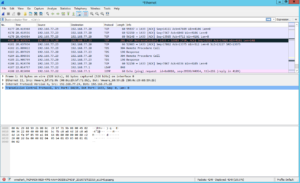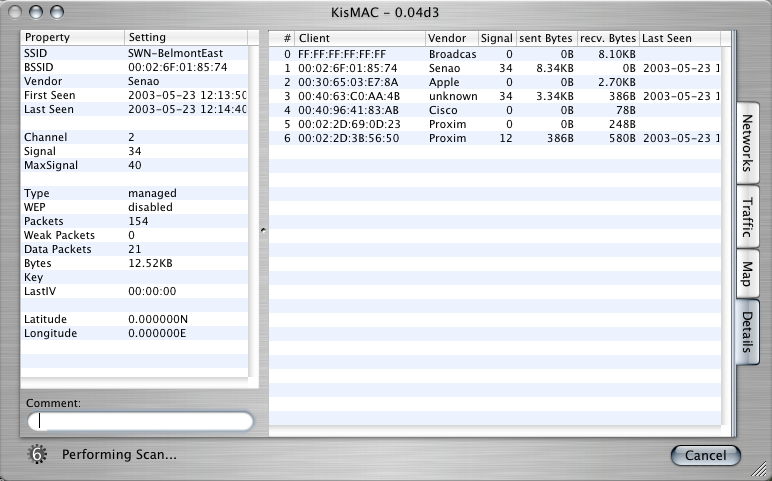

I used to do this by following TCP stream and then closing the content window. This will show the full TCP stream of the selected packet by clicking on the filter button. Experienced with a range of hardware and software capture solutions, she captures the right data, in the right place, and at the right time to find the real culprit. She has been solving mysteries since 1997. Hopefully they will make your life a bit easier!īetty D uBois is the Chief Detective for Packet Detectives, LLC, an application and network p erformance consulting firm based in Atlanta, GA. Therefore, we've asked Network Analysts from all over the world who are experts in their fields to share the Wireshark filters they use the most. However, it's always good to draw some inspiration from what other analysts use on their quest to find their packets of interest. Start with a gameplan and base your filters on that.

Using filters in Wireshark is essential to get down to the data you actually want to see for your analysis.įinding the right filters that work for you all depends on what you are looking for. One way to do this is by using the filter engine that helps remove the noise from a packet trace and lets you see only the packets that interest you.

Yet, there's a common challenge Network analysts would face, that is to pinpoint the actual information to look for in Wireshark as they often have to dig through large volumes of traffic. Wireshark is often the go to tool used for packet level analysis. This means getting your hands dirty to dig deeper to search for potential network problems and troubleshoot the bottleneck issues immediately. When problems occur, you should be fully prepared with the knowledge and tools you need to tackle the issue. You can't blame the network every time for not working properly. Despite all your hard work to keep the network running smoothly all the time, still, things can go wrong.


 0 kommentar(er)
0 kommentar(er)
